
MOT tests explained
What is an MOT test?
-
Vehicle exterior
-
Vehicle interior
-
Mechanics
- Bodywork and structure – checking for corrosion, rust and damage
- Boot – can be opened safely and remains secured when closed
- Doors – can open in full range of motion and latches are secure
- Lights – all bulbs are fully operational
- Registration plate – conform to UK number plate display standards
- Tow bar – it can secure another vehicle safely
- Tyres and wheels – tyre treads and pressures are at recommended levels
- Windscreen, wipers and washers – no chips or cracks in windscreen and wipers are working
- Wing mirrors – allow full vision on both sides of the vehicle
- Horn – fully working and suitable for the vehicle
- Seats – are all secure and can be adjusted
- Seatbelts and airbags – all seats have working seatbelts and airbags
- Bonnets – can be opened and remain open safely
- Brakes – in full working order in line with road safety standards
- Steering – checked for full motion and locking
- Suspension – springs are operational
- Exhaust system – is secure and in line with emission standards for the type of vehicle
An MOT won’t check your engine, clutch or gearbox. These will be inspected when you book your vehicle in for a service.
Check out the UK government’s full list of car parts checked at an MOT.
Why do I need an MOT Test?
All cars need an MOT, driving without one isn’t just dangerous, it’s also illegal. If your car is seen on the road, either driving or parked, you could run the risk of being prosecuted. Even if it’s sitting in your driveway you could face a fine of up to £1,000.
If you’re driving a vehicle that has a ‘dangerous’ fault, you could receive a fine of up to £2,500, three penalty points, and may even be handed a driving ban.
Money aside, most importantly MOTs make sure your vehicle is safe to drive and that everything is in full working order. This gives you peace of mind that you and your passengers are safe.
When do I need an MOT test?
Vehicles legally need to undergo an MOT test every year and hold a valid MOT certificate if it’s going to be on the road. If your vehicle is brand new, you’ll need to book your first MOT ahead of its three year registration (or four year if in Northern Ireland) and then annually after that.
If you’re unsure when your car is due to renew its MOT, It’s best to check its previous MOT certificate, as this will have an expiry date listed.
Some vehicles like 9 passenger vehicles and classic cars have a slightly different set of rules so another option is to use the government's MOT status check on their website. This lets you see if your vehicle has a valid certificate and the expiry date.
There are nearly 23,000 approved MOT test centres across the UK who are qualified to put different parts of your vehicle through their paces and see if they’re up to scratch. Keep an eye out for the blue sign with three white triangles displayed on site to prove the authenticity of the garage.
How much is an MOT?
The maximum cost for an MOT will vary depending on the type of vehicle:
- Fuel Cars – £54.85
- Electric / Hybrid cars - £54.85
- Motorcycles – £29.65
- Motorcycle with a sidecar – £37.80
- Three-wheeled vehicles (up to 450kg) – £37.80
- Three-wheeled vehicles (over 450kg) – £54.85
- Motor caravans – £54.85
If your vehicle fails the first time, you usually won’t have to pay an additional fee if it's repaired and retested at the same garage. Should it fail again, or needs to be repaired elsewhere, you’ll have to pay a fee.
How long does an MOT take?
Typically a test should last between 45 and 60 minutes, but can sometimes run over for reasons such as:
- Repairs - sometimes repairs are needed and carried out on the spot
- Busy periods - March is often a busy period for bookings which might mean collecting your vehicle at a later date
- Car service - you can book this at the same time but will result in a longer wait time
How should I prepare for my MOT?
Regularly checking your vehicle will help keep you on top of any problems before they get worse. If you’re aware of any issues, it’s best to get these sorted before having it go through an MOT. Here are some things to consider:
- Clean your car – it’s good practice to keep your vehicle clean but it’s important to declutter before the testers step-in
- Check the windscreen - make sure there are no cracks or chips
- Check lights – turn all your lights on, step out of your car and double-check to see if all bulbs are working
- Inspect tyres – look out for damaged or worn treads and inflate your tyres to their recommended pressures
- Test brakes – while you’re driving, see if your car pulls to one side while braking or if there are any screeching noises.
What happens if my car fails its MOT?
If your vehicle fails its MOT, it’ll need to be repaired before it can be retested. You can drive away from the test centre if you still have a valid MOT certificate and there are no major problems or dangers with your car. However, you’ll still need to get your vehicle repaired and re-tested before your current certificate expires.
If you’d like to appeal the decision to fail your vehicle, you’ll need to fill in a complaint form and send this to the DVSA within two weeks.
Does an MOT affect my insurance?
Yes, if your car doesn’t have a valid MOT you’ll likely be invalidating your car insurance. This means if you crash, your policy won’t cover you and you’ll be forced to pay for costly repairs, and could even see yourself in court.
Best practice is to make sure you have a valid MOT at all times, and a good car insurance plan so you know you’re safe (and covered) when on the roads!
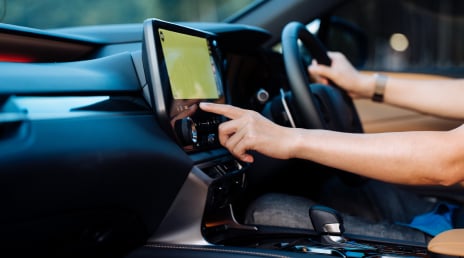
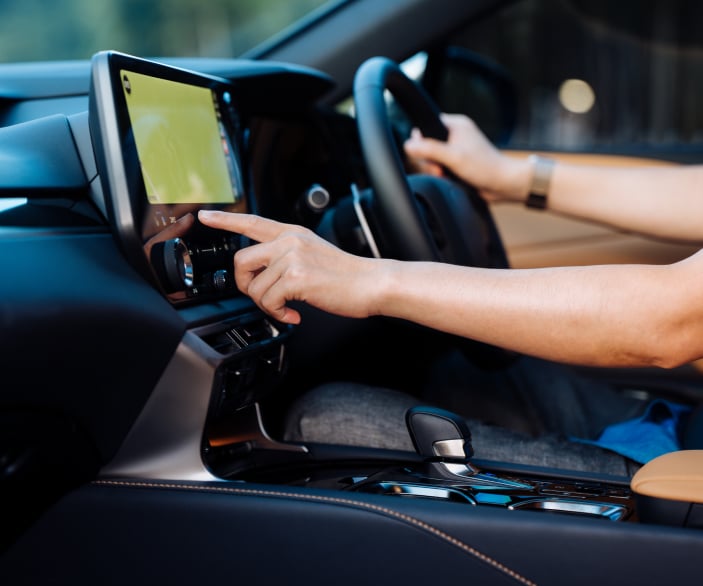
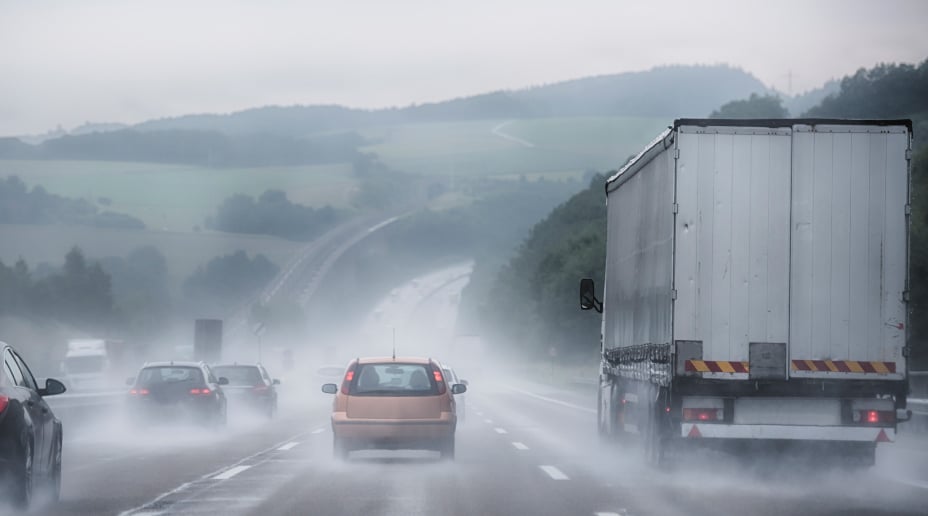
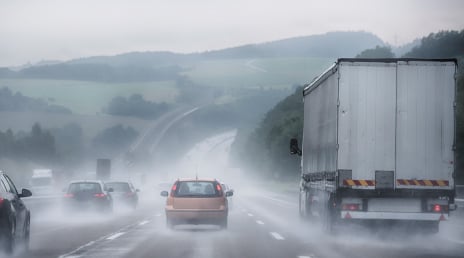
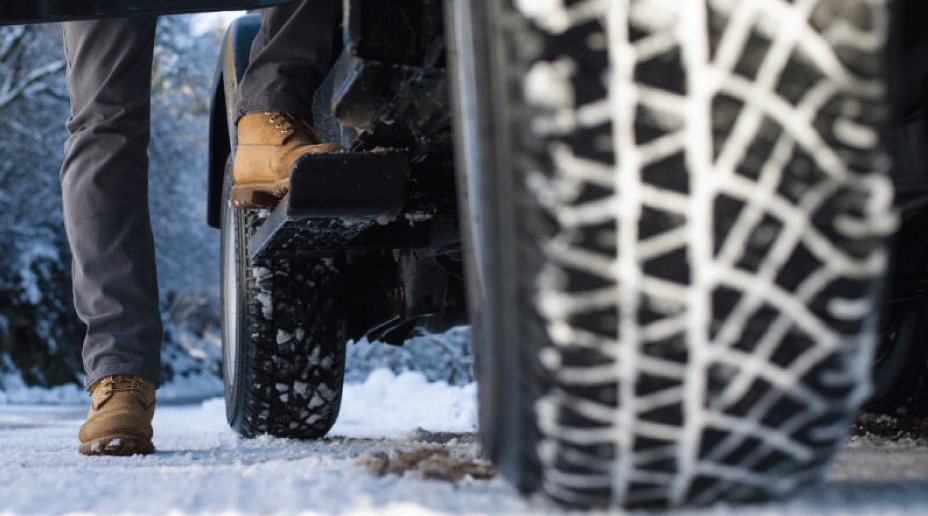

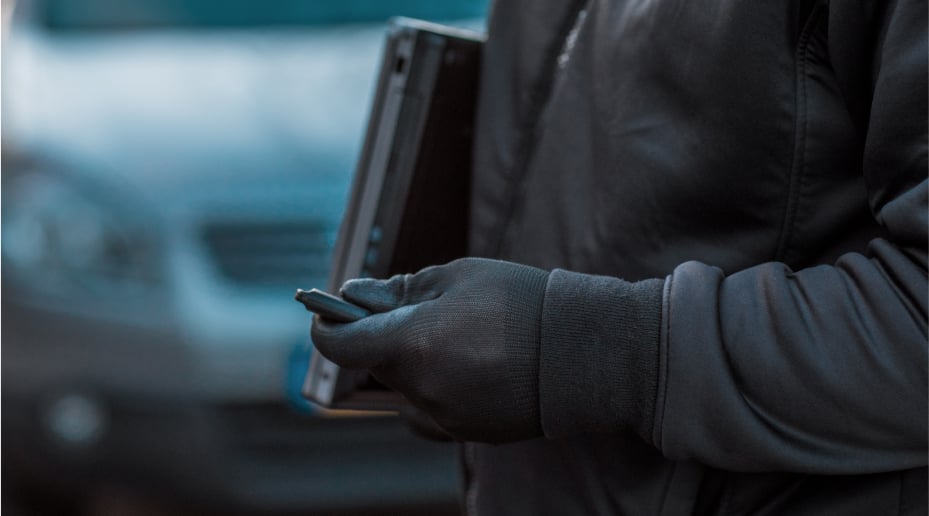








.jpeg)
.jpg)








